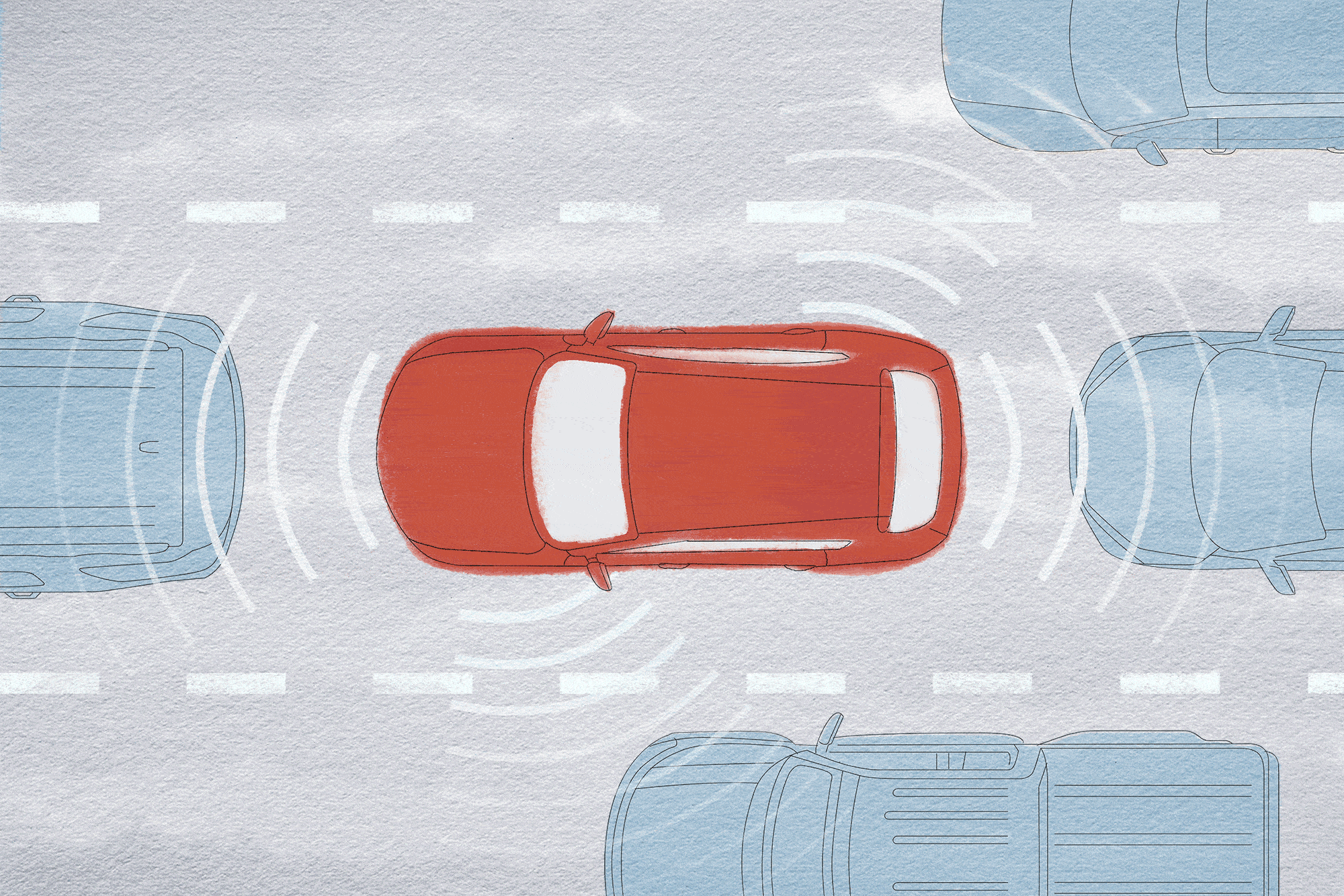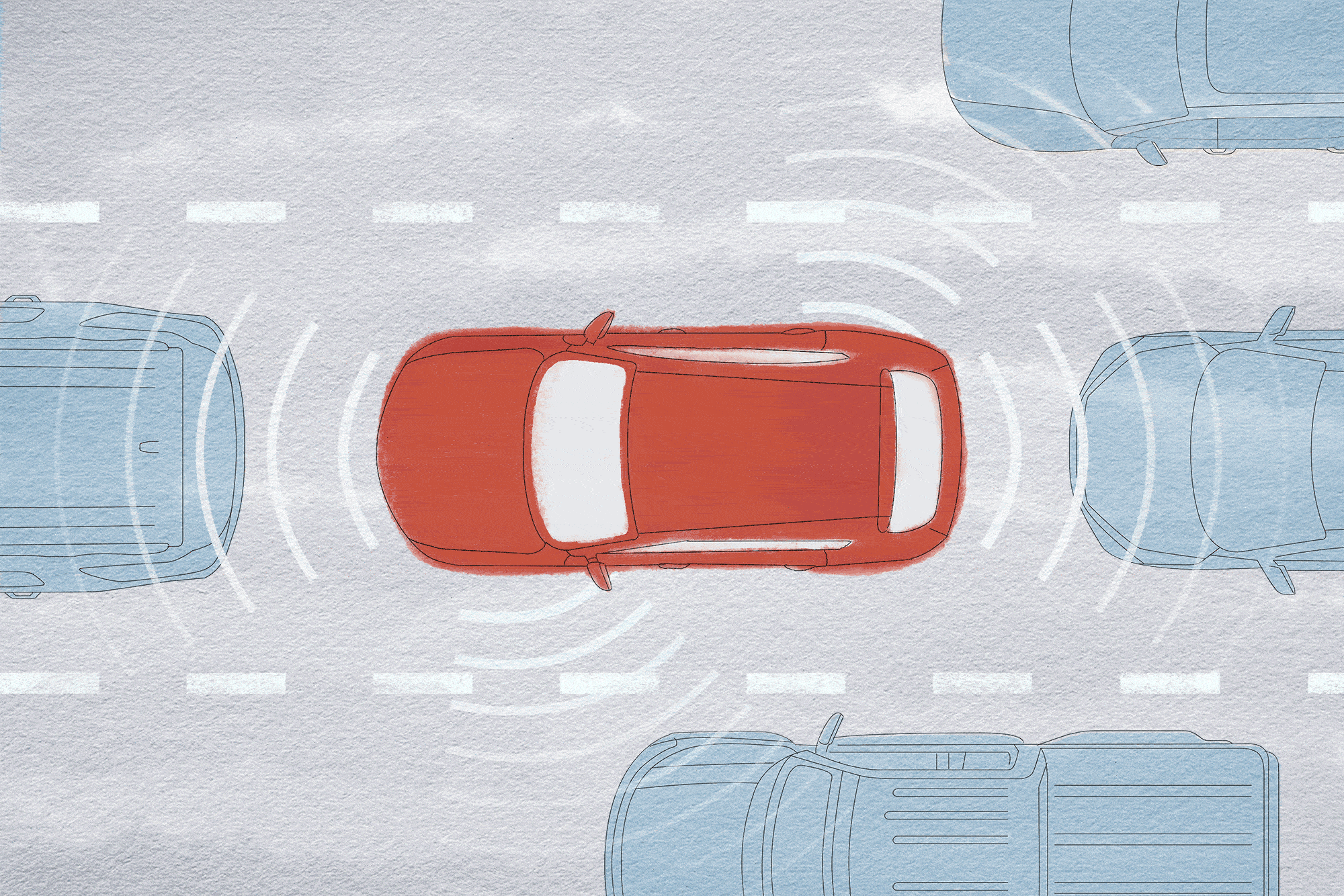Safety features all modern cars should have
Most BEVs are structurally safer than conventional cars. Overall, they have fewer components needed to run the car, meaning less wear and tear and less space used within the infrastructure of the vehicle


Most BEVs are structurally safer than conventional cars. Overall, they have fewer components needed to run the car, meaning less wear and tear and less space used within the infrastructure of the vehicle. This allows a rethink of some of the safety features we take for granted today and puts ICE cars at a disadvantage. There is little layout “elbow room” in an ICE drivetrain, but an electric car’s motor(s) can be placed in various locations and so can the batteries
Safety features that assist while driving
It is easy for drivers to become careless while driving if they are tired or on long journeys. While the right thing to do is to stop and rest for a while, this is not always a feasible option. Fleet drivers might be time-bound, and, in some cases, might not even be aware that they are tired.
In such cases, the car could monitor the road and warn the driver of dangers. Some safety features could even have the car take action without requiring human intervention.
Adaptive Cruise Control- Cruise control is a feature that allows the car to move at a prescribed speed. With adaptive cruise control, the car also monitors the speed of the vehicle in front of it. While maintaining the legal speed limit, it can then keep a safe distance by slowing down or speeding up autonomously.
Lane Assist- If a driver is distracted and the vehicle starts drifting out of its lane, lane assist warns the driver with a sound or chair vibration. It is also possible for the feature to become fully automated where the AI controls the course by adjusting the steering.
Autonomous Emergency Brakes- The sensors that monitor the vehicles in front for adaptive cruise control can also detect when there is an obstacle in the path. They can call in the autonomous emergency braking system to stop the car.
Electronic Stability Control- This feature tracks the car’s movement to predict if it is going to skid. It can prevent the car from skidding but will also take over the engine and brakes to control the car in case it does skid.
Blind Spot Monitoring- Blind spots can obscure other vehicles behind or next to the car. With blind spot monitoring, drivers no longer need to worry about what they can’t see as the sensors will ‘keep an eye out’ and alert the driver in case there is something outside their field of vision.
Safety features that assist in processes
Rear Cross-Traffic Assist- It can be difficult to see on-coming pedestrians or impediments if there is anything blocking the view while reversing. Rear cross-traffic assist is a feature that monitors the space behind the car when in reverse. It can then notify the driver if there is someone or something outside the line of sight.
Reverse Park Assist- Poorly executed parallel parking can lead to car damage, as well as endanger other vehicles in proximity. With reverse park assist, drivers will just have to press a button and keep a foot on the accelerator. The car will simply park itself.
Reversing Camera- While not an autonomous feature, a reversing camera supplements the rearview mirror to give the driver a better picture of the environment behind the car. It can be helpful when passengers block the view while reversing, and potentially lifesaving when small children or pets are hidden from the line of sight.
Other safety features you can expect in modern cars
Certain safety features are designed to make the overall driving experience safer and more convenient for the driver.These features include:
Adaptive Headlights- Adaptive headlights adjust in line with the direction of the car, so oncoming drivers are not blinded by the glare. This feature is especially useful on winding roads and roads with dips.
Animal Detection- Using infrared and radar, cars will be able to detect animals on or near the road. This early warning system will prevent potential collisions, road-kills and damage to the car.
Airless Tyres- Punctured or burst tyres can affect the control of the car. But this is not a problem with airless tyres, which use sturdy rubber spokes to maintain the shape of the tyre.
Vehicle Control Apps- Using a mobile app, it will be possible to control the car and access certain functions remotely. This will allow drivers to pre-start the engine, control the temperature inside, and even remotely check if they locked the doors.
Infrared Headlights- When the visibility is low due to bad weather, infrared headlights will help drivers get a better view of the road.
Biometric Vehicle Access- Cars are rapidly approaching the point where unlocking or starting will require the owner’s fingerprint. This will ensure no unauthorized person uses the vehicle.
Active Health Monitoring- Low blood sugar, epileptic seizures, or abnormal blood pressure are dangerous for the driver, as well as for passengers and others on the road. With active health monitoring, the car will be able to monitor vital signs and alert the driver when required. It may even be able to monitor blood alcohol levels, preventing people from driving while drunk.
In summary, technology will help reduce the impact of human error on road safety. As more automation features are introduced, roads should become safer for everybody.




